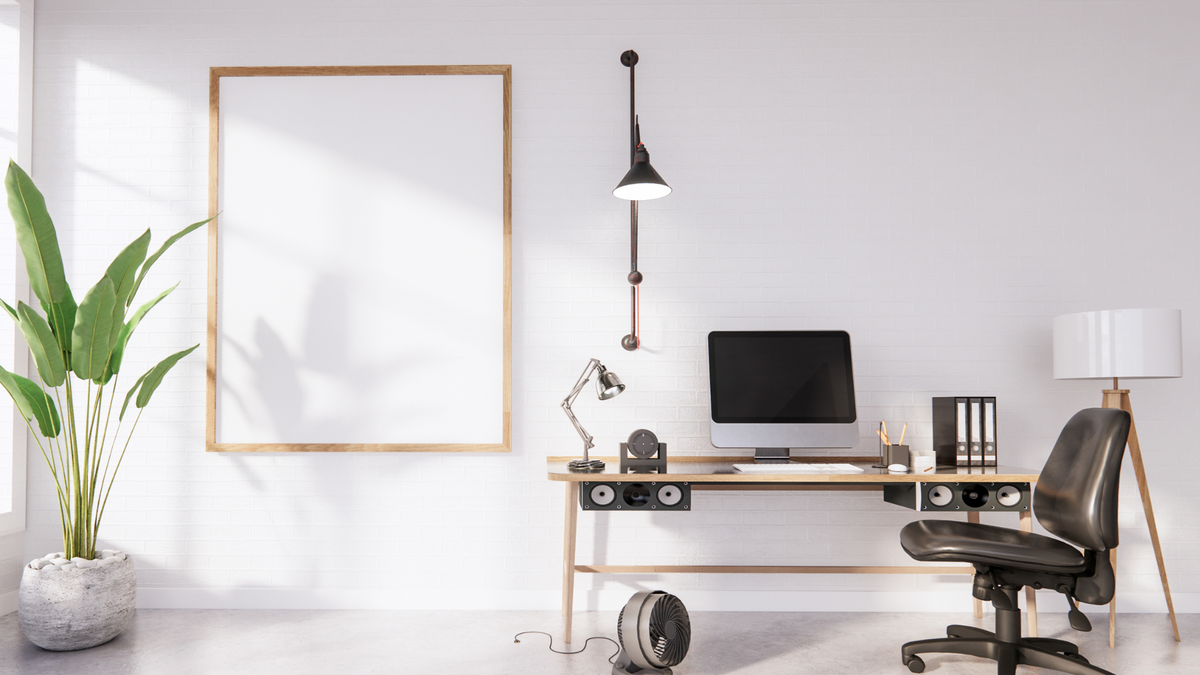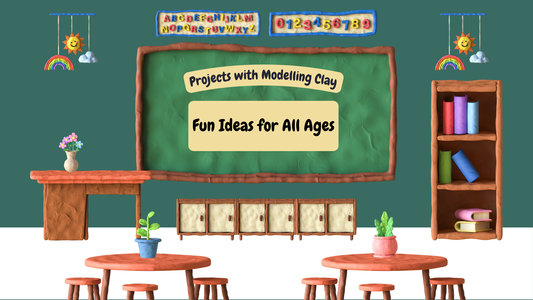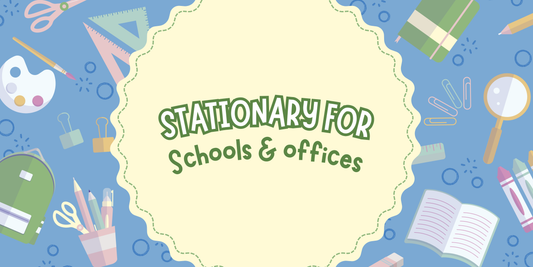A well-organized desk is essential for enhancing productivity, creativity, and overall efficiency. Whether you work from home, in an office, or are a student, a clutter-free and thoughtfully arranged workspace can help you stay focused and reduce stress. Here’s a comprehensive guide to organizing your desk for maximum productivity.
The Importance of Desk Organization
An organized desk can make a world of difference in your work habits and mental clarity. Clutter can be distracting and lead to wasted time looking for items. A tidy workspace, on the other hand, promotes a clear mind and better workflow. Here’s how to set up your desk to achieve optimal productivity.

Step-by-Step Guide to Organizing Your Desk
1. Clear Everything Off
Start by completely clearing off your desk. This step might seem daunting, but it’s essential for a fresh start. Remove all items, including papers, supplies, and electronics. Once your desk is empty, clean the surface thoroughly. Dust, wipe, and sanitize to create a clean slate.
2. Categorize Your Items
Sort your items into categories: keep, discard, and relocate. Be ruthless in decluttering. Ask yourself if you genuinely need each item. Items you haven't used in months are likely unnecessary and can be discarded or stored elsewhere. Organize the items you decide to keep into categories like writing instruments, paper products, electronics, and personal items.
3. Designate Zones
Think of your desk as a workspace with different zones. Designate specific areas for different types of work and items:
- Primary Zone: This is the space directly in front of you where you keep the items you use most frequently, like your computer, planner, and a few essential writing instruments.
- Secondary Zone: This area is within easy reach but not immediately in front of you. Place items here that you use regularly but not constantly, such as reference books, files, or a phone.
- Tertiary Zone: This zone includes drawers, shelves, or cabinets. Store items here that you use less frequently, like extra supplies, reference materials, or personal items.
4. Use Desk Organizers
Invest in desk organizers to keep your supplies neat and accessible. Here are some essential organizers:
- Drawer Organizers: These are perfect for keeping smaller items like paperclips, pens, and sticky notes tidy. Adjustable drawer dividers can help customize the space to fit your needs.
- Desktop Organizers: Use these for items you need to access frequently. Pen holders, file organizers, and multi-compartment organizers can keep everything in its place.
- Cable Management: Use cable clips, ties, or a cable management box to keep your cords organized and prevent them from tangling.
5. Prioritize Ergonomics
An ergonomic setup is crucial for long-term productivity and comfort. Ensure your chair, desk, and monitor are positioned correctly to avoid strain. Here are some tips:
- Chair: Your chair should support your lower back and allow your feet to rest flat on the floor. Adjust the height so your knees are at a 90-degree angle.
- Desk: Your desk should be at a height where your forearms are parallel to the ground when typing.
- Monitor: Position your monitor at eye level, about an arm’s length away, to reduce neck strain.
6. Keep Only Essentials on Your Desk
Avoid cluttering your desk with unnecessary items. Keep only the essentials within arm’s reach. This might include your computer, a notepad, a few pens, and perhaps a personal item like a family photo or a small plant. The fewer items on your desk, the less likely it is to become cluttered.

7. Implement a Filing System
A good filing system is crucial for keeping papers organized and easy to find. Use file folders, labels, and a filing cabinet or file box. Here’s a simple filing system:
- Active Files: These are documents you use frequently. Keep them in a file organizer on your desk or a top drawer for easy access.
- Reference Files: These are documents you need to keep but don’t use regularly. Store them in a filing cabinet or box.
- Archive Files: These are documents you rarely need but must keep for records. Store them in a less accessible place, like a bottom drawer or an off-site storage.
8. Personalize Thoughtfully
While a clutter-free desk is essential, personal touches can make your workspace more enjoyable. Choose a few personal items that inspire you, such as a motivational quote, a small plant, or a photo. Too many personal items can become distracting, so limit it to a few meaningful pieces.
9. Maintain Your Space
Organizing your desk is not a one-time task. Set aside a few minutes at the end of each day to tidy up. Put items back in their designated spots, file away papers, and clear any clutter. Regular maintenance will keep your workspace organized and your productivity high.
Additional Tips for Desk Organization
Utilize Wall Space
Maximize your desk space by using the walls around you. Install shelves or pegboards to store supplies and equipment. Magnetic strips can hold metal tools or clips. Wall-mounted organizers can keep important documents and notes within reach without taking up desk space.
Digital Organization
Physical clutter isn’t the only thing that can hinder productivity. Digital clutter can be just as distracting. Keep your computer desktop clean and organized by creating folders for different types of files. Use cloud storage to back up important documents and free up space on your hard drive. Regularly clean out your email inbox and delete or archive old messages.
Label Everything
Labeling is a simple yet effective way to stay organized. Label drawers, shelves, and containers so you know exactly where everything belongs. Use a label maker or printable labels for a clean and professional look. This not only helps you stay organized but also makes it easier for others to find things if needed.
Adopt the One-Touch Rule
The one-touch rule is a productivity principle that encourages you to handle items only once. For example, if you pick up a piece of paper, deal with it immediately—file it, act on it, or throw it away. This reduces the likelihood of clutter building up and keeps your workspace tidy.
Schedule Regular Decluttering Sessions
Set a regular schedule for decluttering your desk. This could be weekly, bi-weekly, or monthly, depending on how quickly things accumulate. Use this time to reassess what you need and what you can discard or store elsewhere. Regular decluttering prevents your workspace from becoming overwhelming.
Conclusion
A well-organized desk is the cornerstone of a productive and efficient work or study environment. By taking the time to declutter, categorize, and arrange your workspace thoughtfully, you can enhance your focus, reduce stress, and improve your overall workflow. Remember, the key to maintaining an organized desk is consistency. Regularly tidy up, reassess your setup, and make adjustments as needed to ensure your desk remains a productive haven.
Investing in good-quality organizers, prioritizing ergonomics, and personalizing your space thoughtfully can make a significant difference in your productivity. Whether you’re working from home, in an office, or studying, an organized desk sets the stage for success. Embrace these tips and transform your desk into a space where productivity thrives.




